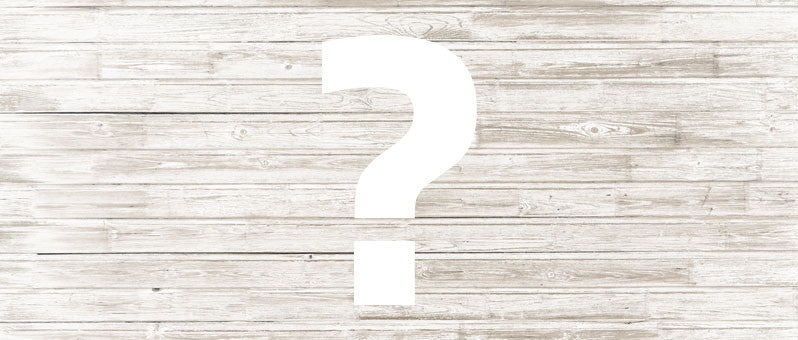Solid Hardwood Flooring vs. Engineered Hardwood Flooring

If you are in the market for new flooring for your home, not much will surpass the warmth and beauty of hardwood floors. While solid hardwood was once the only choice for those desiring a hard-surface wood floor, consumers now can also consider engineered hardwood as one of their options.
Each solid hardwood plank is made from a sole piece of lumber that is often up to .75 inches or even more than 1’’thick. Solid wood floors are may be made from any type of wood but long time favorites like oak, hickory, cherry, maple and ash are popular today. Various types of oak are commonly used for wood floors, ranging in the middle on the hardness scale. Many exotic woods such as ebony, run towards the more durable end of the scale.

Engineered hardwood is made as a composite of three or more layers of plywood or other durable material, topped by a veneer made of natural hardwood. The veneer is also known as a ‘wear layer’. The composite and veneer layer are then bonded together under heat and pressure to form a solid wood look and feel using less expensive materials. The characteristics of the wood and the thickness of the wear layer, play into the longevity and resilience of an engineered hardwood floor.
Which Should You Choose?
Solid hardwood flooring is more expensive than engineered hardwood flooring. Solid wood costs between $5 and $35 per square foot, while engineered wood runs approximately $3 to $14 per square foot. The price of wood, the rarity of certain species all mean that the more solid wood in a product, the more it costs manufacturers and consumers. There is no question that the solid hardwood floor is almost always higher in quality, durability and overall a better long term investment.
High quality engineered floors with thicker veneers look just like solid wood flooring to the untrained eye and are less expensive than solid hardwood. Some manufacturers claim that their engineered product can last anywhere from 20 to 100 years with proper care. Engineered wood can also be refinished, just not as many times. That is where the wear layer comes into the equation. The veneer layer is usually rated in mm from 1mm to 4mm thickness. An engineered hardwood floor that has a 4mm wear layer can be refinished more times than a product with a 1mm wear layer.
Solid wood, on the other hand, may be stripped and refinished many times to eliminate scratches and other flaws that may occur through normal wear and tear, making the surface last potentially much longer. The value of an old solid wood floor can be priceless down the road. The genuine patina you will get over many years of use adds value and enjoyment to your home.
